In June, as the spark of the Asian Games was ignited in Liangzhu, the light of civilization spanning five thousand years shines on the future of the Asian Games, illuminating the beauty of culture and once again drawing the world’s attention to the ancient city of Liangzhu, which carries splendid civilization.
Located in Hangzhou, a city rich in cultural resources and coinciding with the Asian Games, teachers have once again turned their focus to the ancient city of Liangzhu. Coincidentally, the fifth-grade students were studying the unit “How to Present Local Customs and Practices” in their Chinese language class. The teachers brainstormed and turned the unit content into a primary school PBL (Project-Based Learning) project.
After studying the texts related to world cultural heritage, students embarked on the “Liangzhu Research and Learning Project” both inside and outside the classroom. They utilized the skills of gathering information, collaborating with each other, and reflecting on their experiences in the Liangzhu research, which helps them connect the knowledge from the classroom with real-life applications. This deepens their understanding of the texts and enhances their knowledge of local culture, fostering the core competencies in the Chinese language subject.

Why should we do PBL?
In the Uka era, education cannot merely remain at the level of imparting knowledge, confined to individual subjects, or limited to the campus. Instead, it should focus on teaching students “21st-century success skills,” such as self-management, communication, teamwork, and other abilities, during the learning process. PBL (Project-Based Learning) serves as an excellent vehicle to achieve this.
The new curriculum guidelines also emphasize “interdisciplinary learning” and aim to guide students in connecting classroom activities with the outside world, both within and beyond the school premises. This approach broadens the scope of Chinese language learning and application. By focusing on meaningful topics relevant to academic and social life, students engage in activities like reading, organizing, exploring, and communicating. Through the comprehensive application of knowledge from various disciplines, they learn to identify, analyze, and solve problems, thereby enhancing their language and communication skills.
From our perspective, this process of problem discovery, analysis, and resolution not only applies to knowledge but also fosters communication, collaboration, leadership, and other essential qualities.
Therefore, the Liangzhu research and learning project emerged, utilizing the inquiry cycle as its framework.
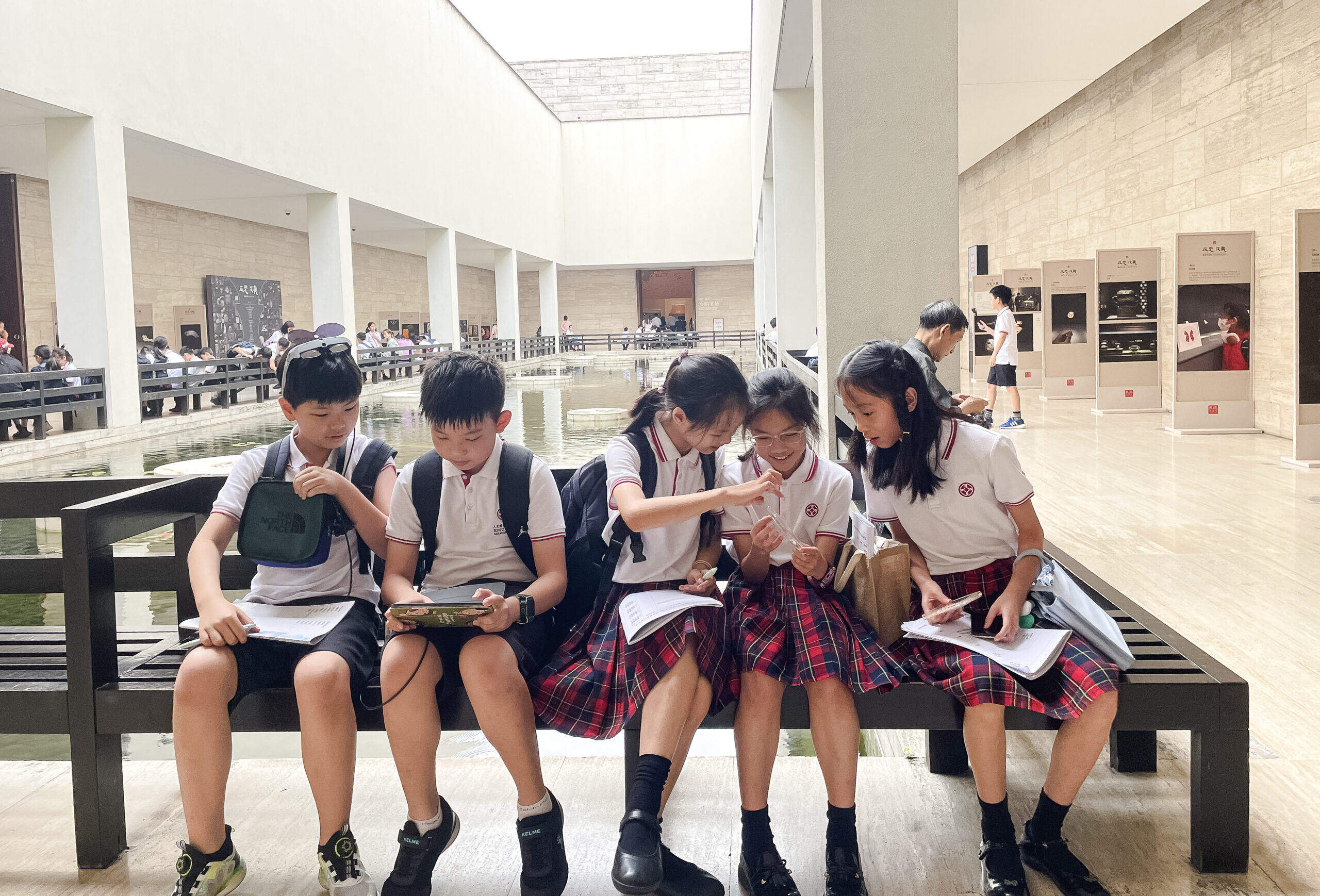
Step 1 进入探究 Turning In
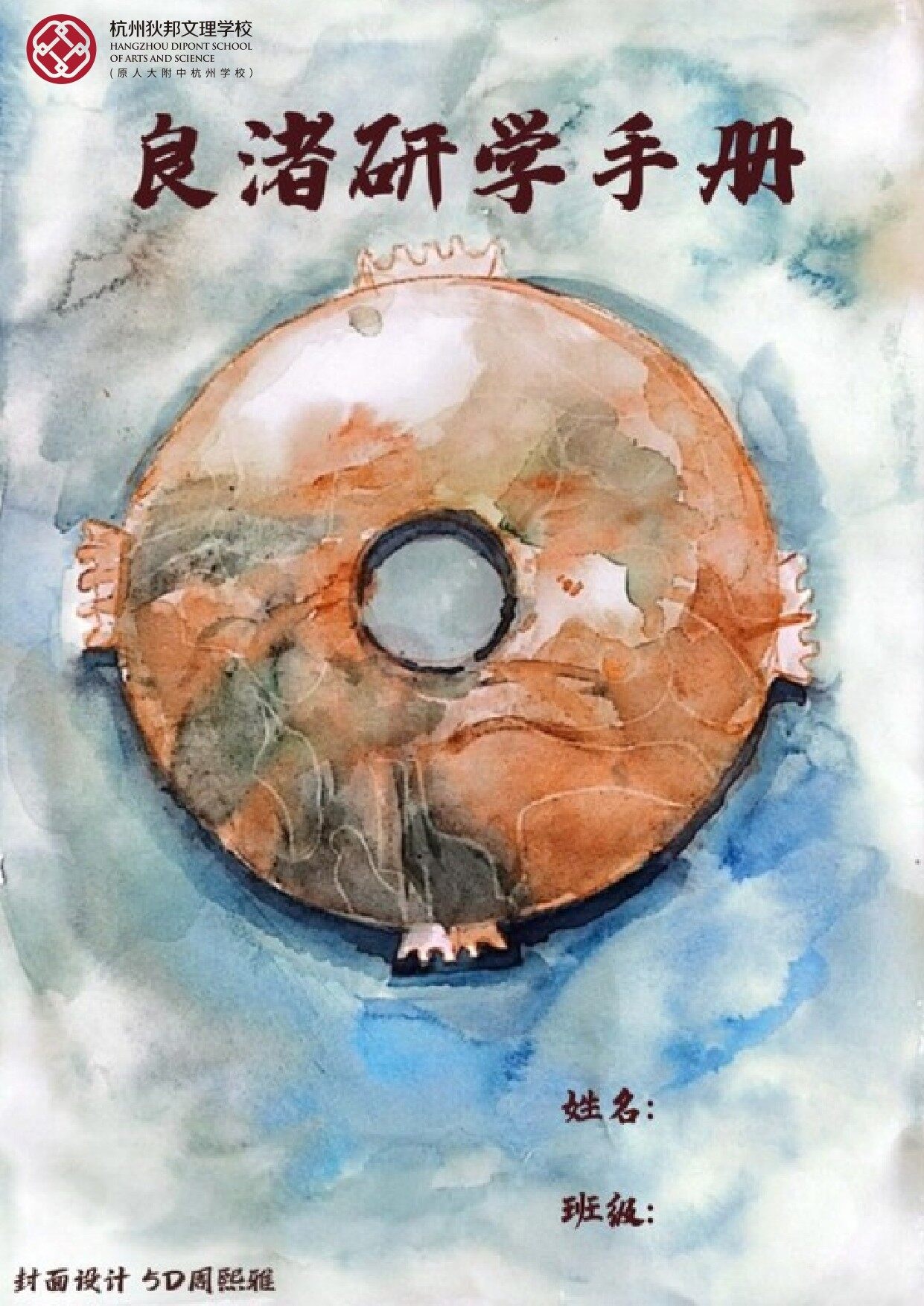 Continuing on, the teacher introduced the driving question for this research and learning project to the students: “As ambassadors of promotion, how can we raise awareness about the significance of Liangzhu culture among more people?”The students engaged in a brainstorming session concerning this question and have already begun outlining their ideas for presentation formats and platforms.Next, the students centered their preliminary understanding around the theme of “World Cultural Heritage” from their fifth-grade Chinese language class. They explored the importance of various cultural heritages, discovering that China possesses 56 world cultural heritages. Moreover, they also realized that their own city, Hangzhou, has two world cultural heritages. With the upcoming Asian Games, they understand the undeniable opportunity it presents to introduce the significance of Liangzhu culture to people all around the world.
Continuing on, the teacher introduced the driving question for this research and learning project to the students: “As ambassadors of promotion, how can we raise awareness about the significance of Liangzhu culture among more people?”The students engaged in a brainstorming session concerning this question and have already begun outlining their ideas for presentation formats and platforms.Next, the students centered their preliminary understanding around the theme of “World Cultural Heritage” from their fifth-grade Chinese language class. They explored the importance of various cultural heritages, discovering that China possesses 56 world cultural heritages. Moreover, they also realized that their own city, Hangzhou, has two world cultural heritages. With the upcoming Asian Games, they understand the undeniable opportunity it presents to introduce the significance of Liangzhu culture to people all around the world.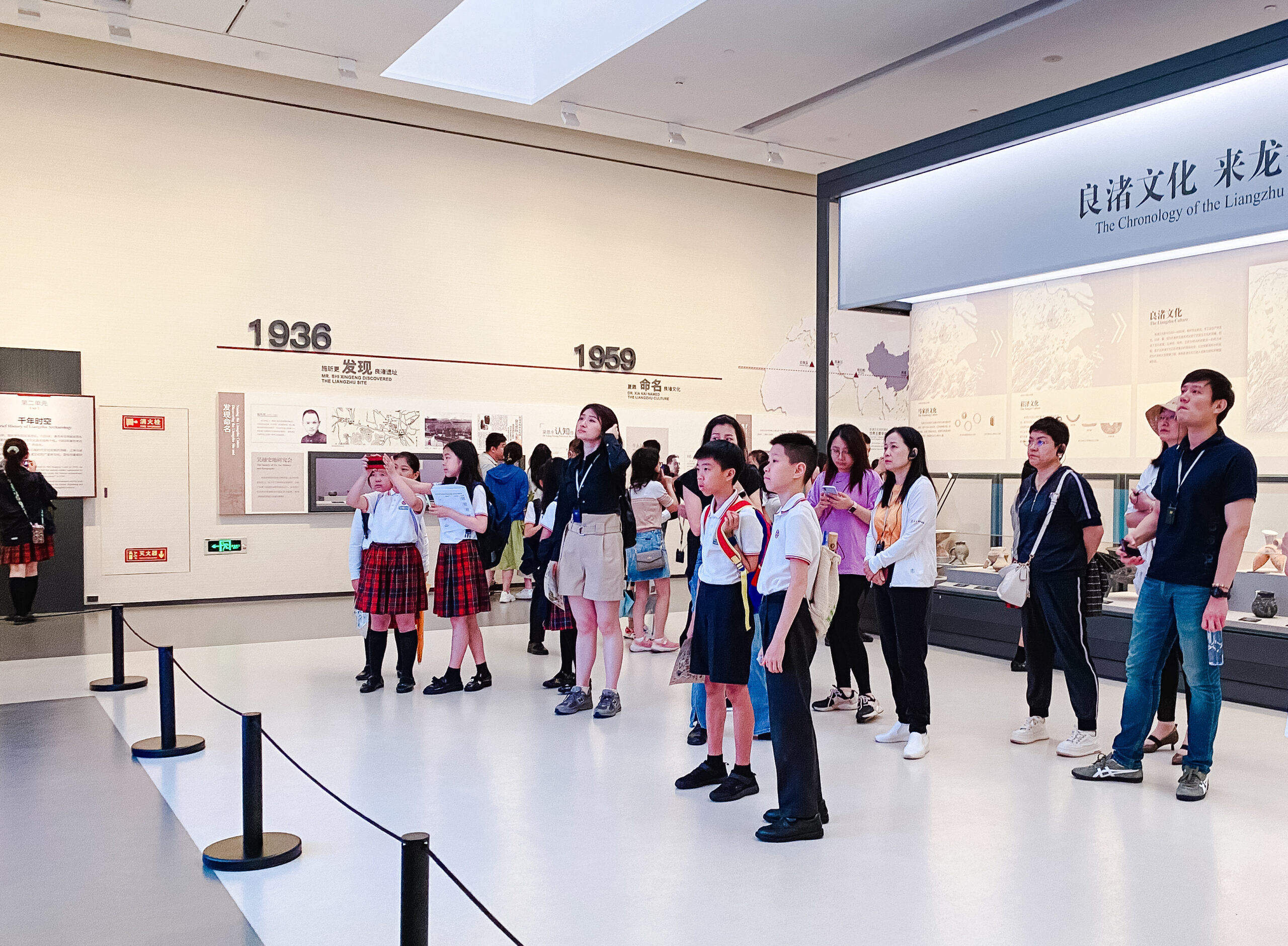
The students, with their goals in mind, are studying three articles in the classroom: “Small Boats in Venice,” “Country of Pastures,” and “The Pyramid.” Throughout the learning process, they are acquiring new vocabulary from the texts, engaging in flexible reading of non-continuous texts, and experiencing and understanding how the authors combine human activities with descriptions of objects and landscapes. They are also developing their ability to collect information and gaining insights into various cultural heritages around the world.
The students are required to complete classroom assignments and extend their knowledge from the lessons to the Liangzhu research and learning project, preparing themselves for the upcoming visit to Liangzhu.
Step 2 搜集资料 Finding Out
Under the organization of their teacher, the students watched the documentary “Liangzhu,” gaining initial insights into the historical and cultural significance of Liangzhu. Following that, they visited the Liangzhu Museum for on-site learning and exploration. Through their field visit and data collection, they delved deeply into China’s cultural heritage, feeling a sense of pride in the achievements of human civilization. This experience strengthened their cultural confidence and motivated them to actively participate in cultural heritage preservation activities.

Step 3 梳理信息 Sorting Out
The students filled out the five major inquiry questions, organizing, arranging, and expressing the information they found during the exploration and search phase.
Inquiry Question 1: What is the connection between modern Chinese people and the people of Liangzhu?
Inquiry Question 2: How did the people of Liangzhu manage their society during that time?
Inquiry Question 3: What technologies did the people of Liangzhu possess that enabled them to thrive and improve their lives?
Inquiry Question 4: Five thousand years ago, compared to other contemporary regions, was the society of Liangzhu considered advanced?
Inquiry Question 5: Before the invention of writing, how did the people of Liangzhu engage in written communication?
They also organized video materials and created teaser posters, using their own methods to present the information they obtained.

Step 4 深入探究 Going Further
Next, the students reorganized their knowledge and determined the content, format, and division of labor for their final products. Each group assigned roles for their video master, writing master, and artistic master, responsible for video editing, content creation, and video art direction, respectively. The teacher also joined the process, helping the students gain a deeper understanding of the knowledge they had acquired and providing guidance for their actions.
To address the students’ inquiries during their exploration, the school invited Mr. Ma Dongfeng, the director of Liangzhu Museum, to conduct a lecture for the students, extending the Liangzhu research and learning activities. After listening to Mr. Ma’s lecture, they identified gaps in their group’s materials and learned from it, expanding their understanding of the topic.

The teacher also showed the students documentaries about different world civilizations from the same period. The students extracted information from the videos and compared it with what they already knew about Liangzhu culture, leading to the formation of new perspectives.
After extensive preparation, the students commenced the final stage of video production.

Step 5 反思理解 Making Conclusion
Reflection is integrated into each day and every stage of the project. At the end of each day’s learning and upon completing a project phase, the teacher provides a reflection framework for the students to ponder on what they did well and should continue, as well as areas that need improvement.
After each group collaboration, the students fill out reflection forms in the Liangzhu research and learning manual. They primarily reflect on their teamwork and self-management abilities, the progress they’ve made in terms of knowledge and skills, and compare their conclusions with their initial thoughts. This process helps them evaluate whether they have achieved their learning objectives.

Step 6 采取行动 Taking Action
In the end, the students uploaded their bilingual introduction videos to various platforms to gather likes and support. This provided them with an opportunity to create and apply knowledge, enabling them to integrate the knowledge they had acquired into their real lives.
By examining the comments and likes they received on different platforms, they discovered that their efforts could genuinely influence people worldwide in their understanding of Chinese culture. They truly became effective ambassadors promoting Liangzhu culture.
The knowledge gained and the skills enhanced by the students from this learning experience are not easily measurable using a single standard, and their performance has also pleasantly surprised us. Just like the growth of plants, students can bloom and bear fruit in the right environment.
In the future, we will continue to create a fertile ground for students’ growth and development in their studies. We will provide them with abundant resources and support, such as expert lectures, to ensure that they truly gain and benefit from their learning, leading to holistic growth and development, both mentally and physically.

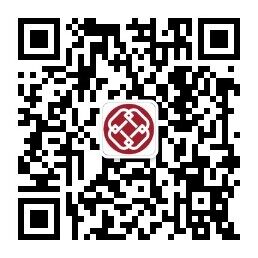

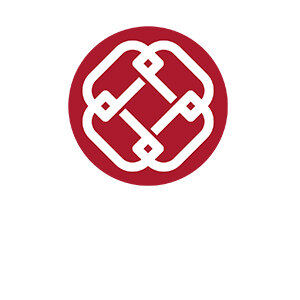
 浙公网安备 33011002014773号
浙公网安备 33011002014773号